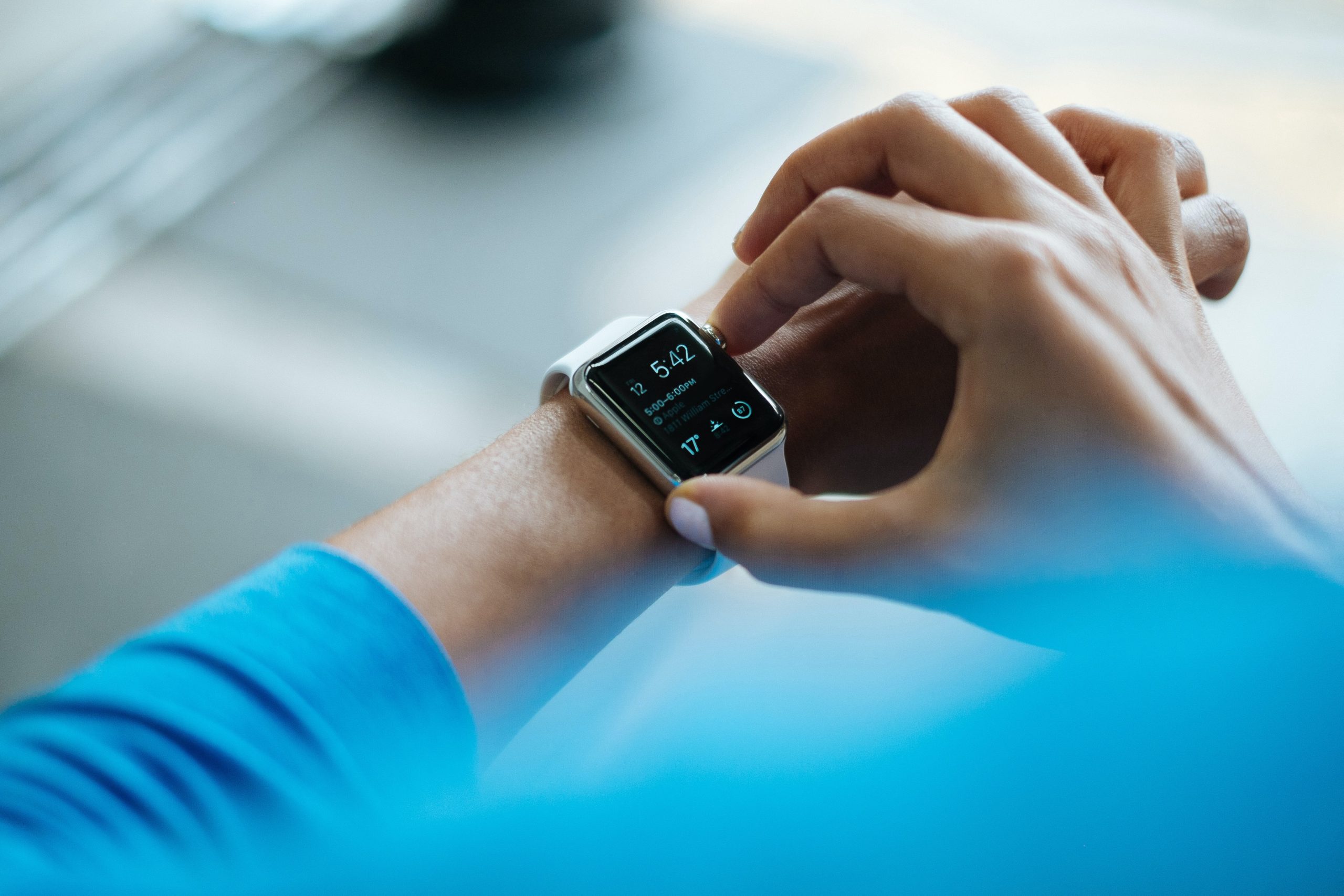More than 10 million people worldwide are living with PD. Now, AI could potentially detect it before the symptoms appear.
A groundbreaking study published in the journal Nature Medicine reveals that smartwatches have the potential to identify Parkinson’s disease up to seven years before key symptoms appear.
Scientists from the UK Dementia Research Institute and the Neuroscience and Mental Health Innovation Institute at Cardiff University discovered that the watches could potentially use artificial intelligence (AI) to evaluate participants’ movements over a week and predict the onset of the disease.
Parkinson’s is the world’s rapidly increasing neurological disorder, characterised by progressive damage to certain areas of the brain. Its symptoms encompass both physical and mental aspects, such as involuntary tremors, slower movements, stiffness in muscles, and issues with balance, to name a few. Other symptoms might include a loss of sense of smell, memory problems, or even insomnia.
Globally, Parkinson’s disease (PD) affects over 10 million individuals, according to Parkinson Foundation. While the risk of developing PD escalates with advancing age, it is noteworthy that approximately four percent of PD patients receive their diagnosis prior to turning 50. The disease also exhibits a gender disparity, with men being 1.5 times more susceptible to PD than women.
The actual numbers might be higher due to undiagnosed cases and varying data collection methods worldwide.
How it works
The study relied on data collected from 103,712 individuals who wore medical-grade smartwatches over a week between 2013 and 2016.
The smartwatches assessed the average speed of each participant and juxtaposed this data with that of individuals previously diagnosed with Parkinson’s. The AI model was even successful in projecting a timeline for the disease’s development.
The researchers leading the study are optimistic that this novel technology could serve as an invaluable screening instrument in the future, enabling earlier detection and consequently, earlier treatment for Parkinson’s patients.
“With these results we could develop a valuable screening tool to aid in the early detection of Parkinson’s,” Dr Cynthia Sandor, emerging leader at the UK Dementia Research Institute at Cardiff University, told The Independent.
“This has implications both for research, in improving recruitment into clinical trials; and in clinical practice, in allowing patients to access treatments at an earlier stage, in future when such treatments become available.”
Dr. Kathryn Peall, a clinical senior lecturer at the Neuroscience and Mental Health Innovation Institute at Cardiff University, emphasised that given the current difficulties in early diagnosis, this promising technology could provide patients with critical treatment access before suffering from extensive brain damage.
Usually, over half of the cells in the substantia nigra – the brain area housing dopaminergic neurons – have already perished by the time symptoms manifest.
“For most people with Parkinson’s disease, by the time they start to experience symptoms, many of the affected brain cells have already been lost,” Dr. Peall added.
“Though our findings here are not intended to replace existing methods of diagnosis, smartwatch data could provide a useful screening tool to aid in the early detection of the disease.”







